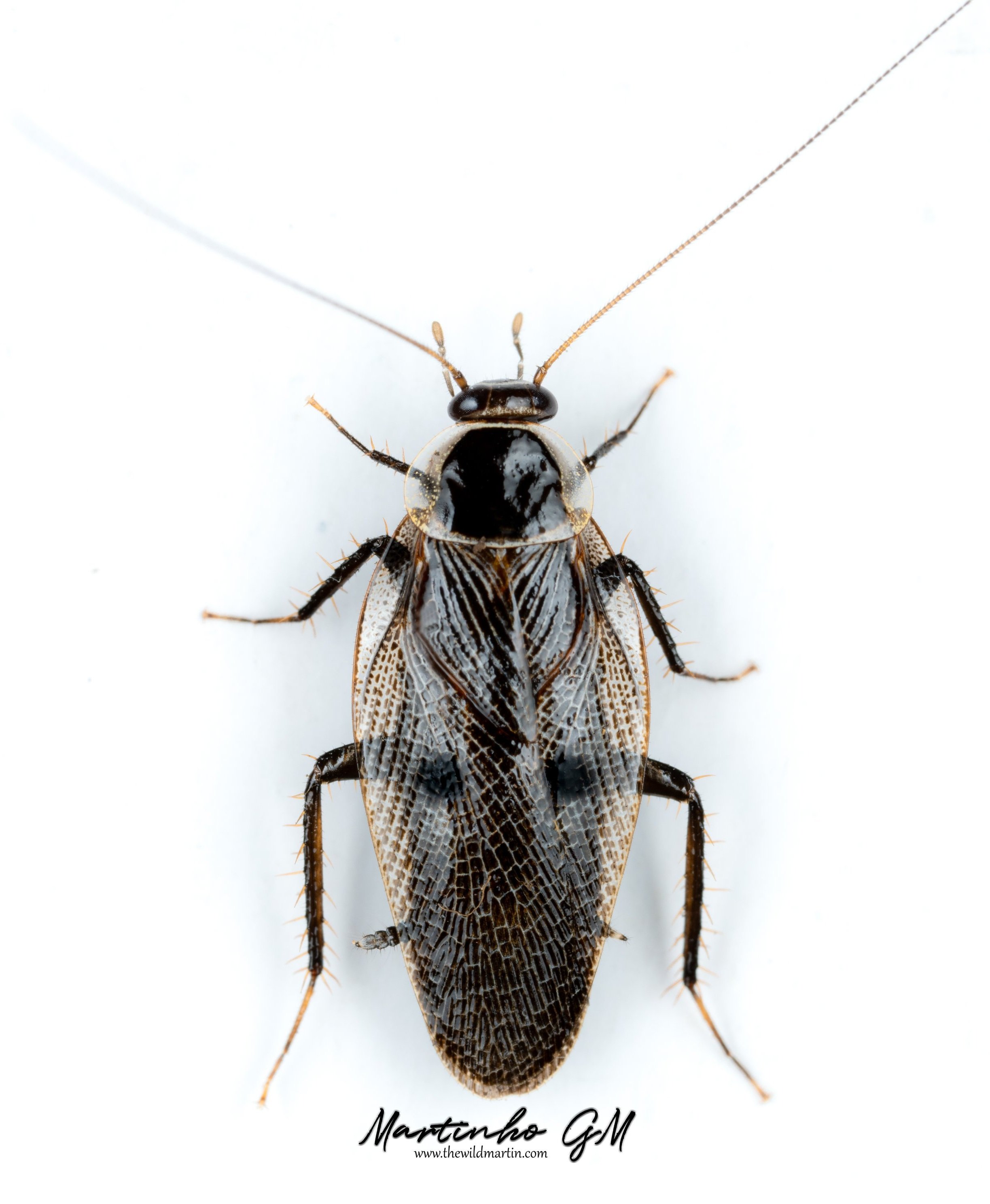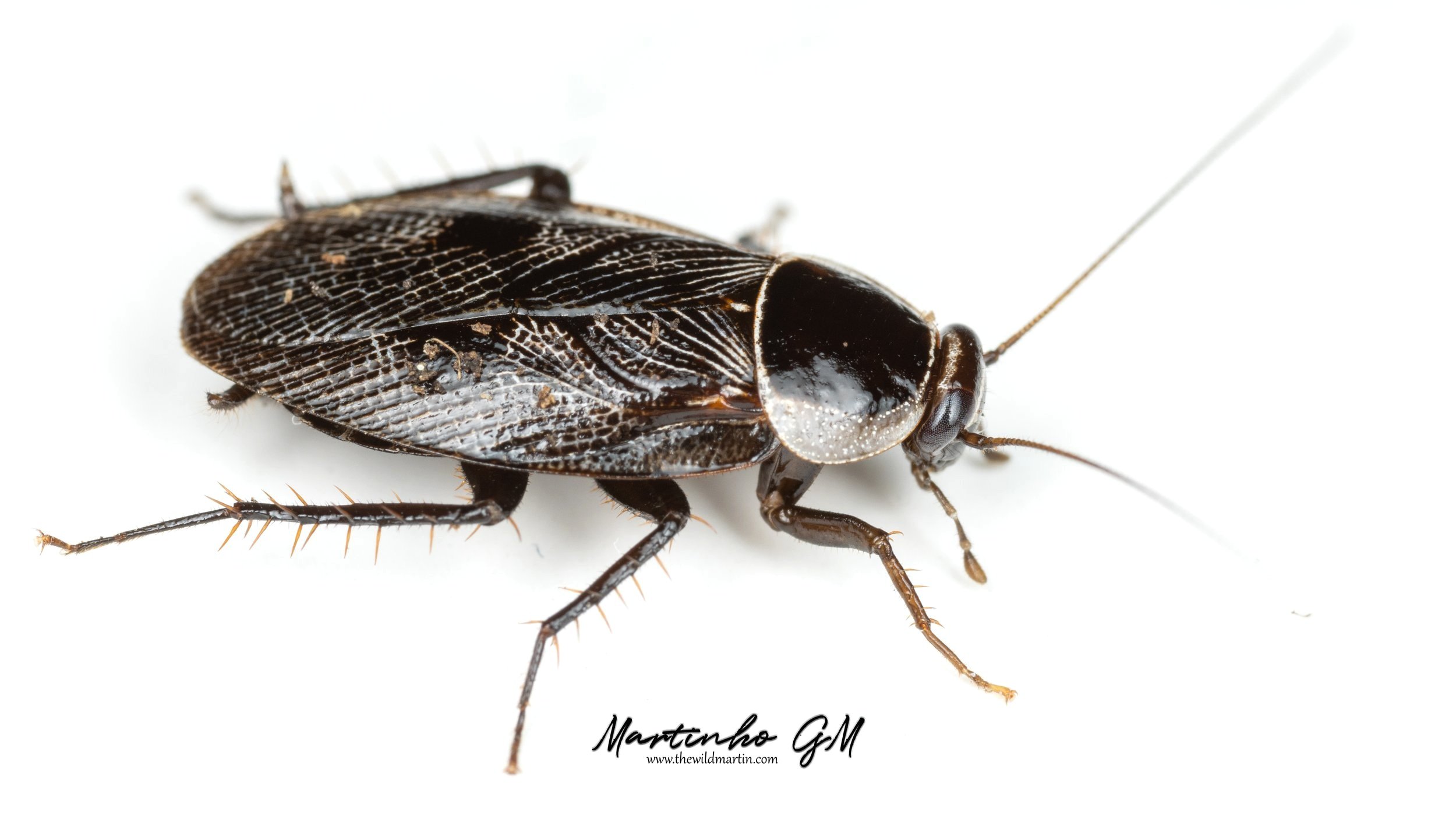Allacta bimaculata, the next generation
Almost three months have passed since my last log where my colony has just turned up with a couple of adults.
Before I actually thought those were females but it turned out I was wrong. They were males and I only had two.
Allacta bimaculata adult male
February was a cold month and it went by without any colony developments. I was looking into the colony almost daily but nothing new. And then when marched came round with finally some warmth, the other nymphs started to molt into what would turn out to be females.
At that moment (around the 5th March 2022) I had 5 individuals, 2 males and 3 females, but one day after the females molted, which was almost in sync… the first male died.
I was bummed… with only one male left and time ticking I was afraid that he wouldn’t have had enough time to mate with the females.
Allacta bimaculata adult female
That is when you underestimate the power of roaches :D
After talking to my good friend TJ, the Invertebrate Dude (go read his blog) here is what he said about it:
“Sorry to hear about the Allacta, but you'd be surprised... A lot of roach males try mating with females literally as soon as they molt to adulthood and are still white... And often succeed. So at least one of your females may be mated.”
A few days later around the 10th March, the second and last male also perished. I went immediately online to purchase some more nymphs for breeding purposes, but recalling what TJ had said, I decided to wait and see how it would turn out and alas!
Surprise! on the 26th March 2022, one of the remaining three Allacta females had an ootheca.
Allacta bimaculata female with an ootheca
I don’t know how many females are pregnant at this moment, but since this ootheca appeared, a second one has been also lay just in the early days of April. So I am guessing since the period is too short, at least two females should be pregnant.
Another interesting thing to note is that I have witnessed one of the females making a small hole on the ground before depositing her ootheca inside it.
This tells me, soil humidity should play an important role on the hatching of the oothecas similar to Hemithyrsocera.
But I also found an ootheca on the cork bark…
So just to be on the safe side, I will water the whole enclosure from time to time to ensure the humidity levels are high!
Well this is it for this log! I will keep you updated in case there are any births :D
I will leave you with my latest Allacta bimaculata photographic composition below.
Allacta bimaculata composition
Thank you very much for reading, I hope you have enjoyed it.
See you on the next log!
Cheers!




